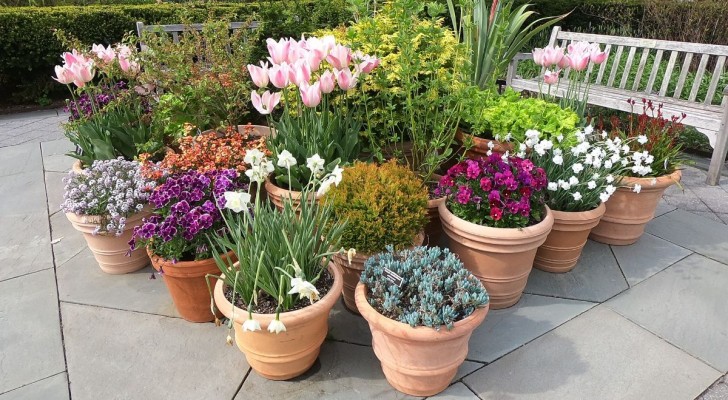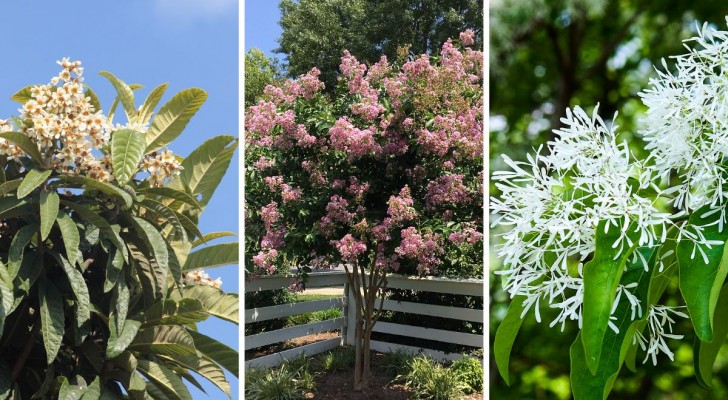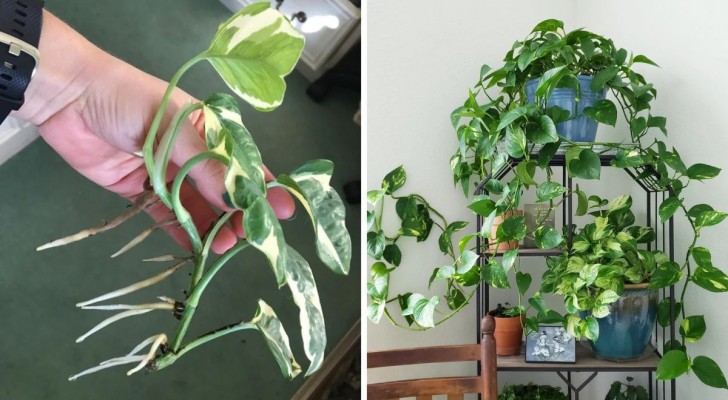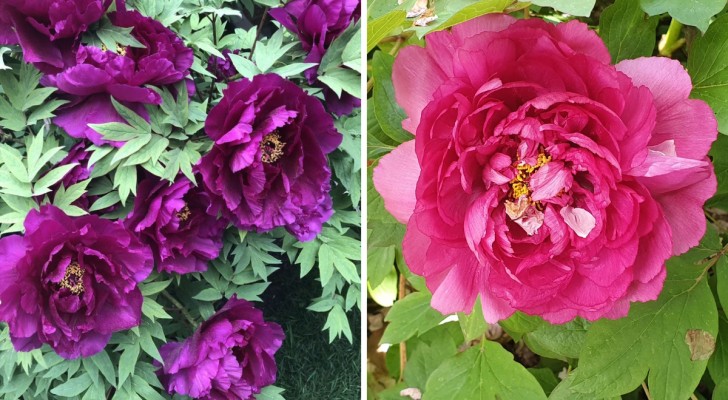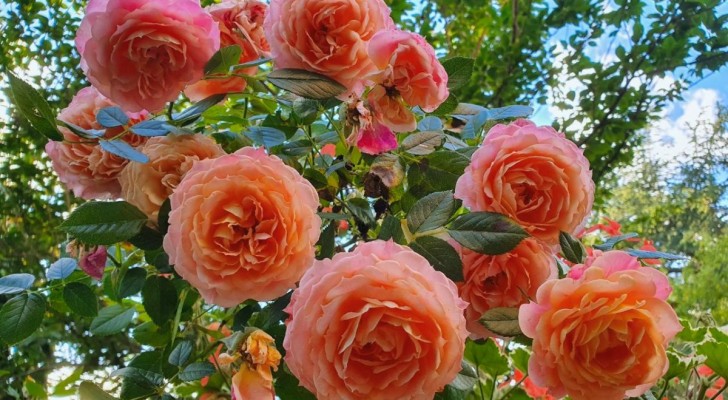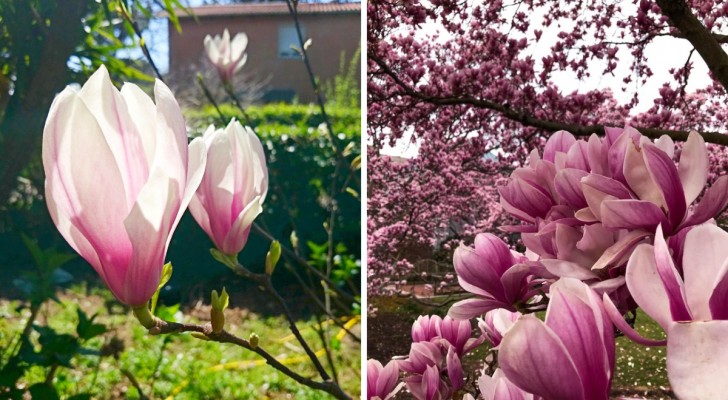Growing lavender is easy: follow these tips to get beautiful and fragrant plants!
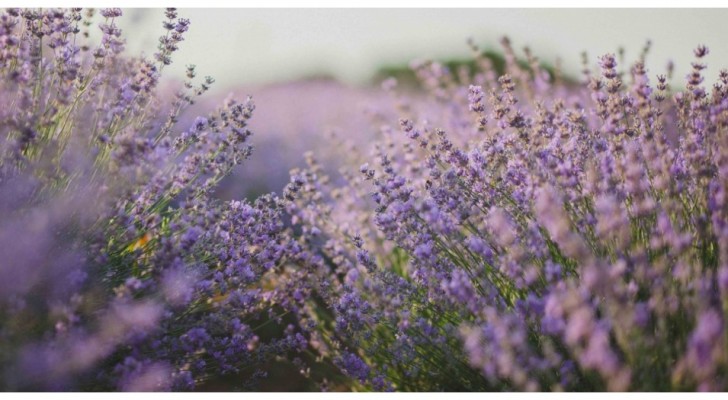
Among the most recognizable and most-loved natural scents in the world, is certainly the fresh and relaxing perfume of the lavender plant: this plant of Mediterranean origins, which takes on the shape of a round bush made of many spikes of mostly violet or lilac flowers with green or silvery stems, is known and cultivated in many areas of the world.
It grows quickly and does not require too much care, and it is also a prolific plant: in addition to obtaining a precious essential oil with a thousand benefits, you can use the twigs, leaves and flowers in many different ways - from herbal medicine to handmade decorations. Furthermore, lavender plants are among the most loved by pollinating insects, so putting them in the garden or on the balcony is also an important aid for the health of the environment. Read on to find out some important tips for growing this plant optimally:
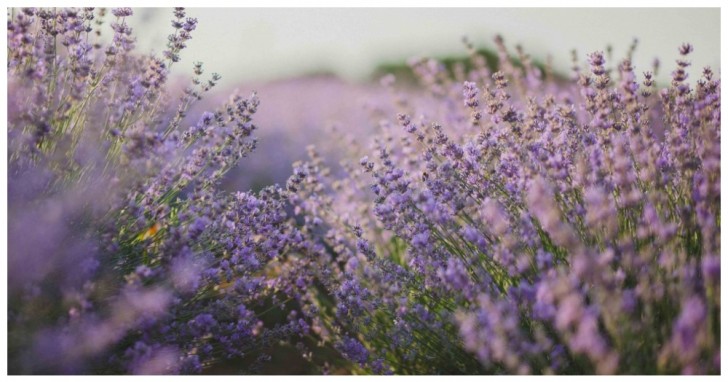
- Climate and exposure: lavender loves the sun, and can even resist drought for short periods. It prefers ventilated outdoor areas, but as for the temperature, you have to make sure that in winter it does not get too cold. In this case, it is better to choose sheltered spots or use mulch and tarps protect the plant. In areas with cold winters, choose one of the more rustic specimans and an exposure which faces south so as to enjoy more hours of sunlight.
- Soil: lavender is not demanding and indeed grows well even in poor soils (and do well in soils which are moderately fertile too). The best composition, however, is that which has soil which is calcareous in nature and not very acidic. In any case, the soil (as well as the soil in pots) must be porous and allow for excellent water drainage.
- Irrigation: Lavender cannot tolerate stagnant water, so it is better to be circumspect with regard to watering them. If it does not rain much in summer, it is advisable to water them once or twice a week, generally reducing the intervals in spring and summer. In winter, only those in pots should be watered, especially where they are not able to get any rainwater (and only when the soil dries out).
- Pruning: it is important to prune lavendar plants once a year, after it has finished flowering. Generally, between the end of August and the beginning of autumn (depending on plant to plant) is the best time to prune this plant. Each branch must be shortened by about a third and without ever cutting the woody part (which could kill the plant). The branches thus obtained can be propogated in new pots, since the plant reproduces easily from cuttings.
Have you ever grown lavender at your home?
